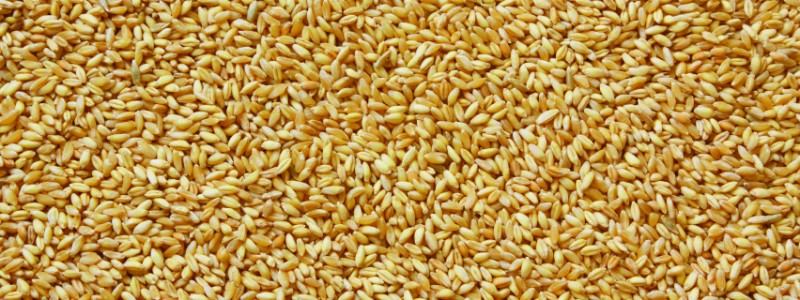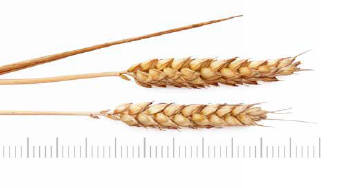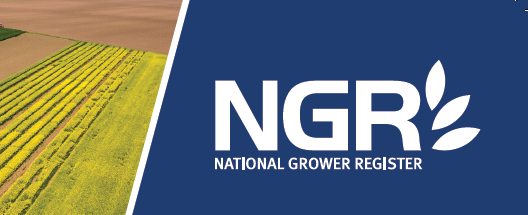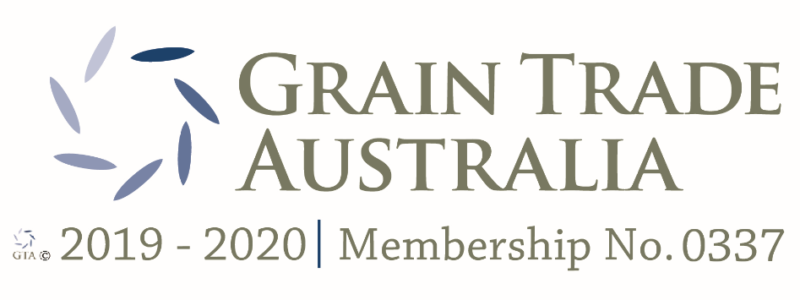



(1. Stems per sqm) X (2. Grains per head) X (3. Grain weight) / 100 000 = Grain Crop Yield mt ha

Quality Optimisation provides Western Australian grain growers with more flexibility and control over their wheat quality.
To find out more about optimising your wheat, please read the following documents.
Download Quality Optimisation Essentials (PDF)
Download Quality Optimisation Wheat Class Guide (PDF)
Download Quality Optimisation Rules (PDF)
Download detailed instructions (PDF)
Please remember to optimise before the zone-based cut-off dates:
Esperance 10 January 2020
Geraldton 10 January 2020
Albany 17 January 2020
Kwinana 17 January 2020

If you have a contract or are intending to sell your Canola as ‘sustainable’ with a member of Sustainable Grain Australia, you will need to complete a Sustainability Declaration.
Click the link below for a Fact Sheet produced by NGR.
DOC Factsheet – Completing your ISCC Sustainability Self Declaration FAQs_Prnt Rdy

GTA Location Differentials (LDs) are widely used by the Australian grain industry to price “port-based” contracts, in particular, the GTA Contract No 2 Grain and Oilseeds in Bulk – Basis Track commonly known as the “Track Contract”.
The majority of grain produced in Australia will, at some stage, be priced and transacted on a “port-based” contract, which refers to the GTA LDs. LDs are not freight rates or freight differentials.
Click the link below to read a Fact Sheet from GTA about Location Differentials.

The Board has now endorsed 2019/20 GTA Location Differentials for WA, QLD, NSW & VIC, SA effective 01 October 2019.
Please note the following:
Tables in Excel format – Financial members of GTA are able to receive these tables in Excel format by request. Please email admin@graintrade.org.au.
Queensland
Effective as of: 01 October 2019
New South Wales
Effective as of: 01 October 2019
Victoria
Effective as of: 01 October 2019
South Australia
Effective as of: 01 October 2019
Western Australia
Effective as of: 01 October 2019
For advice regarding all changes made to the 2019/2020 Location Differentials, please refer to the Member Updates page on the website.

Click the link below to download the flyer with important information from CBH.

CBH implements the Western Australian Receival Standards set by the Grain Industry Association of Western Australia (GIWA).
GIWA is responsible for setting course grain standards (barley and oats) in WA, supporting Grain Trade Australia which sets wheat grain standards nationally, Australian Oilseeds Federation which sets national oilseeds standards, and Pulse Australia which sets national pulse standards.
Download the wheat standards >
Download the barley standards >
Download the canola standards >
Download the lupin standards >
Download the field pea standards >
Download the faba beans standards >
Download the lentil standards >
Download the chickpea standards >
As the receival standards can change, we encourage you to register for e-mail alerts through standards@cbh.com.au
Each year GIWA collaborates with WA bulk handlers, including CBH, to review receival standards. The organisation implements changes on an as-needs basis to ensure WA grain meets customer requirements and WA grower returns are maximised. This alignment takes place through consultation with growers and marketers via the GIWA receival standard committees.
For more information on how standards are set please refer to the GIWA website